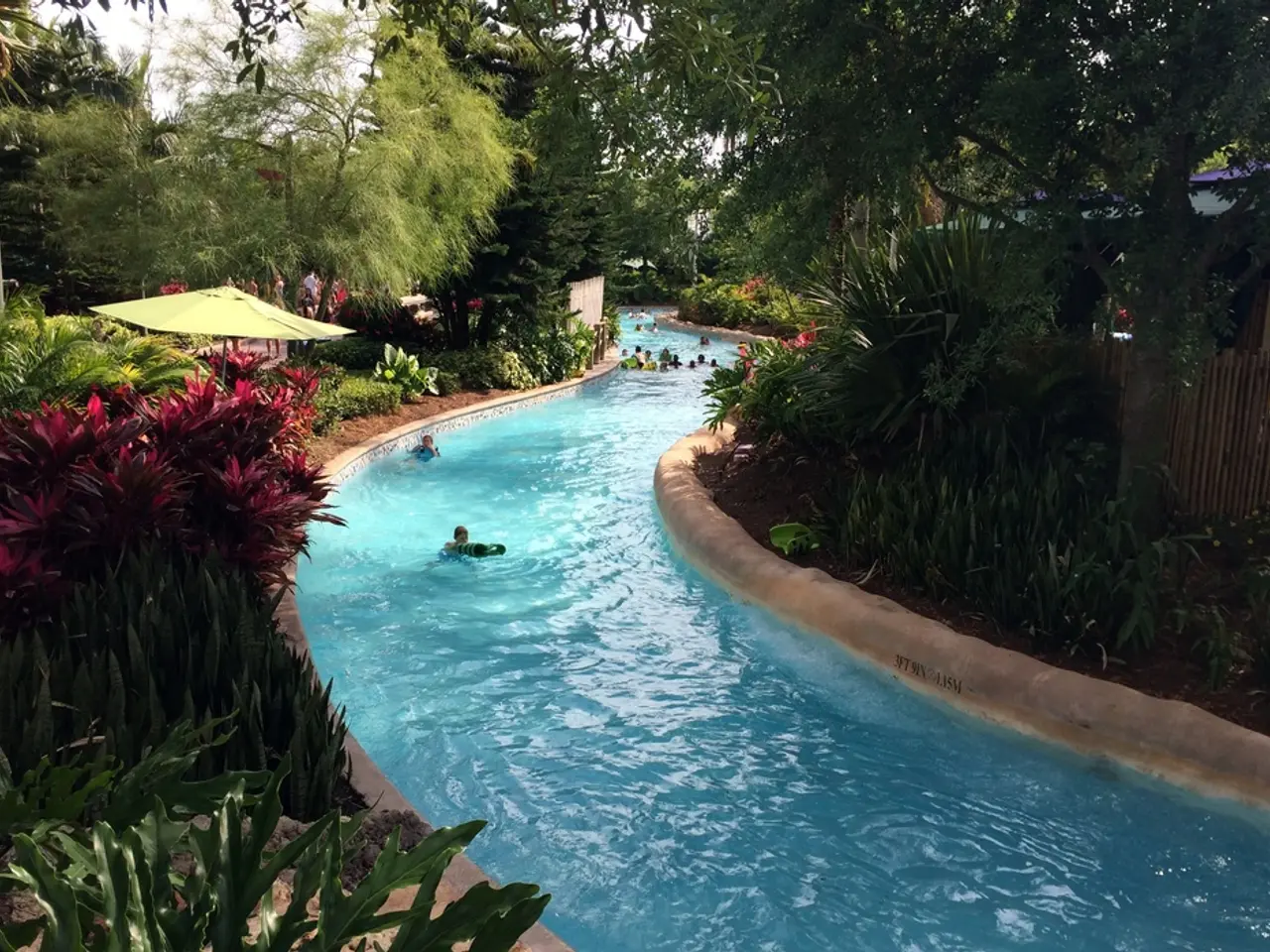The chronological account of the development and popularity of swimming pools
**Swimming Pools Through the Ages: A Journey from Ancient Baths to Modern Recreation**
From the ancient civilizations of Mohenjo-Daro and Knossos to the backyards of modern-day Germany, swimming pools have played a significant role in human history. This article delves into the evolution of swimming pools, from their origins in antiquity to their current state, with a particular focus on the challenges they face in the context of climate change.
In ancient times, swimming pools were part of larger bathing complexes or used for ceremonial purposes. One of the earliest known swimming pools was the Great Bath at Mohenjo-Daro, built around 2800 BC. The Romans further developed swimming pools, constructing elaborate facilities for leisure, military training, and social gatherings.
During the Middle Ages, public baths and pools declined in Europe due to the spread of diseases and changes in societal values. However, the modern concept of swimming pools as we know it today began to take shape during the Industrial Revolution, with the introduction of new materials and technologies allowing for the construction of larger, more sophisticated pools.
In the 20th century, swimming pools became more accessible and widespread, with advances in filtration systems, chemicals, and construction materials making it possible to build pools in residential areas. The shift towards individual pool ownership occurred around the mid-20th century.
However, the documentary "Pool Stories - The Dream of Cool Wetness" highlights the challenges faced by swimming pools in the context of climate change. The documentary explores the history and current state of swimming pools in Germany, France, the USA, and England, discussing issues such as water conservation, sustainability, and the rise of natural swimming ponds.
Natural swimming ponds, which use plants and biological processes to maintain water quality, are considered more environmentally friendly and are becoming popular for their aesthetic appeal and sustainability. These ponds eliminate the need for traditional chemicals like chlorine, making them an attractive alternative to traditional swimming pools.
Despite the advancements in pool technology, water conservation remains a significant challenge. Swimming pools consume large amounts of water, and maintaining them requires continuous water replacement due to evaporation and filtration backwashing. This has prompted efforts to develop more water-efficient systems, such as cover systems to reduce evaporation and advanced filtration technologies that minimize water loss.
As awareness about water conservation and sustainability grows, the swimming pool industry is likely to see further innovations aimed at reducing water consumption and environmental impact. This could include the development of more advanced filtration systems, better water-saving technologies, and a broader adoption of natural swimming ponds.
In conclusion, the history of swimming pools reflects a gradual evolution from ancient ceremonial baths to modern recreational facilities, with ongoing challenges related to water conservation and sustainability. The documentary "Pool Stories - The Dream of Cool Wetness" offers a fascinating exploration of this evolution and the current state of swimming pools in several countries, shedding light on the potential for more environmentally friendly swimming options. The documentary can be viewed on Arte on Thursday, 10 July at 20:15.
- Science plays a crucial role in addressing the challenges faced by swimming pools, particularly in the context of climate change, as seen in the documentary "Pool Stories - The Dream of Cool Wetness."
- Lifestyle choices, such as embracing natural swimming ponds, which are both aesthetically pleasing and environmentally friendly, could become more popular due to growing awareness about water conservation and sustainability.
- Environmental-science advancements, like the development of more efficient filtration systems and water-saving technologies, are likely to shape the future of the swimming-pool industry, aiming for reduced water consumption and lower environmental impact.
- Fashion-and-beauty and home-and-garden enthusiasts might find interest in natural swimming ponds for their potential as unique design elements, as they offer an alternative to traditional swimming pools with lower environmental impact.




